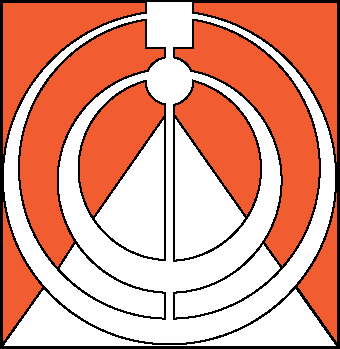About these Lessons
Off-the-shelf lessons are standalone learning experiences that introduce students to new science practices and crosscutting concepts so that they are prepared to engage in a full Mi-STAR unit. Learn more about Mi-STAR's Off-the-Shelf Lessons here.
Mi-STAR Sample Lesson: Claim, Evidence, Reasoning, and Argument

This lesson plan is designed to introduce students to the science and engineering practice of Argumentation. In the Mi-STAR curriculum, argumentation supports students to develop critical thinking skills and to make sense of real-world phenomena and solve problems, such as the most optimal cell phone case design, the best way to contain the spread of a virus, and the cause of a global phenomenon. Students should experience this lesson prior to Unit 6.2: RAD Disease.
This lesson is shared under the creative commons Attribution-NonCommercial-ShareAlike license (https://creativecommons.org/licenses/by-nc-sa/3.0/legalcode and https://creativecommons.org/licenses/by-nc-sa/3.0/).
Mi-STAR Sample Lesson: Well-Defined Criteria and Constraints

This lesson plan is designed to introduce students to the engineering practice of Defining Problems. In the Mi-STAR curriculum, defining problems help students to approach their Unit Challenge Scenario and break it down into manageable pieces. This lesson is offered both as a stand-alone and an integration in Unit 6.1. Students should have either this lesson or Unit 6.1 prior to Units 6.3, 6.4, or 6.6.
This lesson is shared under the creative commons Attribution-NonCommercial-ShareAlike license (https://creativecommons.org/licenses/by-nc-sa/3.0/legalcode and https://creativecommons.org/licenses/by-nc-sa/3.0/).
Mi-STAR Sample Lesson: Using a Decision Matrix to Compare Solutions for an Ecological Problem

This lesson plan is designed to introduce students to the engineering practice of Comparing Solutions. In the Mi-STAR curriculum, defining problems help students to narrow down solutions to an engineering problem. This lesson is offered both as a stand-alone and an integration in Unit 6.6. Students should have OTS: Defining Problems, which offers an introduction to criteria and constraints, prior this lesson.
This lesson is shared under the creative commons Attribution-NonCommercial-ShareAlike license (https://creativecommons.org/licenses/by-nc-sa/3.0/legalcode and https://creativecommons.org/licenses/by-nc-sa/3.0/).
Mi-STAR Sample Lesson: Interpreting Graphs
Many middle school students feel comfortable working with bar graphs, but become unsure when they encounter new, unfamiliar graph formats. This can lead to frustration, overwhelm, and lack of engagement with the material. This lesson has been designed to help students overcome this initial trepidation and give them the tools they need to confidently explore graphs, even unfamiliar graph types or those following unusual conventions.
Mi-STAR Sample Lesson: Moon Phases

In this first Off-the-Shelf lesson on the Earth-Sun-Moon system, students investigate the phenomenon of cyclical moon phases as viewed from Earth. What do we see, and why do we see it? What patterns are observable?
Mi-STAR Sample Lesson: Eclipses

In this lesson, students build upon their prior knowledge of the Moon's phases and orbit around Earth to explain the cause of both solar and lunar eclipses.
Mi-STAR Sample Lesson: Systems and System Models
.jpeg)
This lesson plan is designed to introduce students to the crosscutting concept of Systems and Systems Models, including supports for remote learning. In the Mi-STAR curriculum, system models help students make sense of real-world phenomena and problems such as: flooding in a watershed, teachers who are experiencing a mysterious illness, or a natural habitat that's being invaded by a new species. Students should experience this lesson prior to Unit 7.1: Off-the-Grid Energy.
This lesson is shared under the creative commons Attribution-NonCommercial-ShareAlike license (https://creativecommons.org/licenses/by-nc-sa/3.0/legalcode and https://creativecommons.org/licenses/by-nc-sa/3.0/).
Image sources:
- 'Fish Fish (12775491)' by Grant Gould, CC BY 3.0 <https://creativecommons.org/licenses/by/3.0>, via Wikimedia Commons
- 'Alien in a UFO cartoon' by Joe Wos, CC BY-SA 4.0 , via Wikimedia Commons
- 'Mackinac bridge from air4' byJustin Billau, CC BY 2.0 <https://creativecommons.org/licenses/by/2.0>, via Wikimedia Commons


















